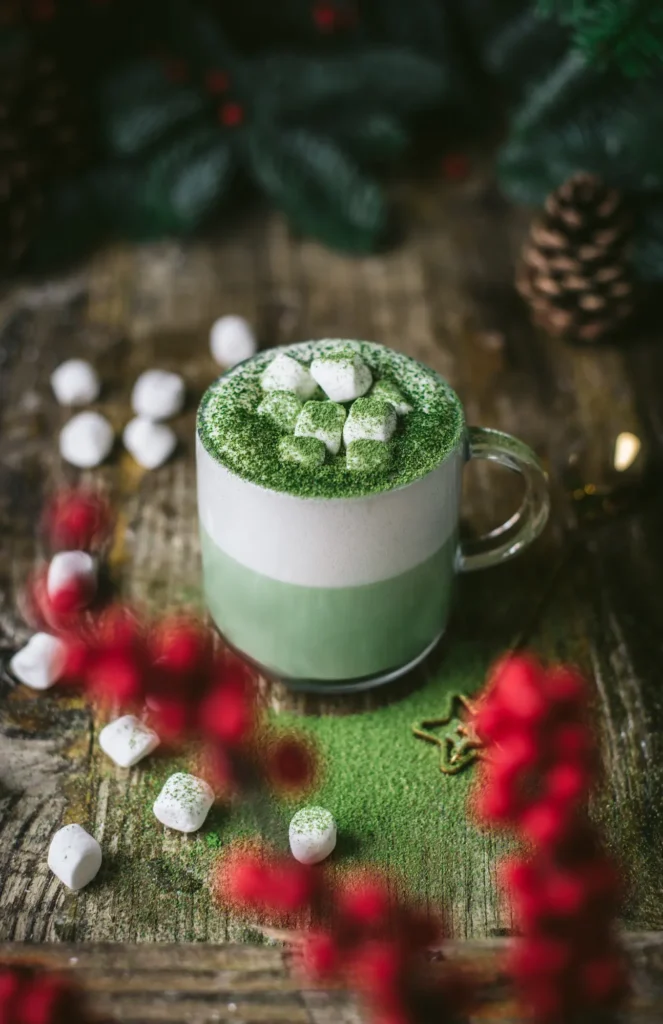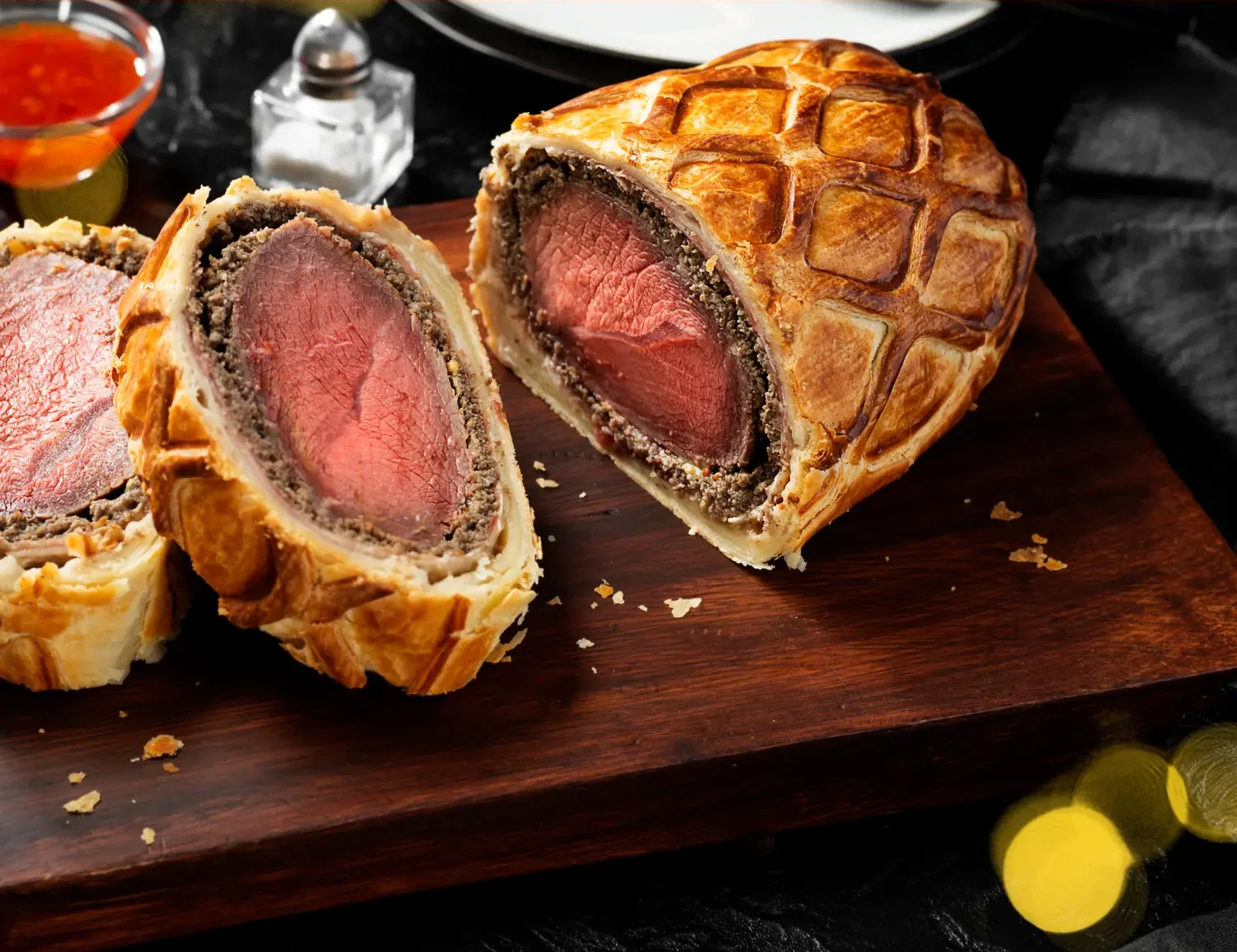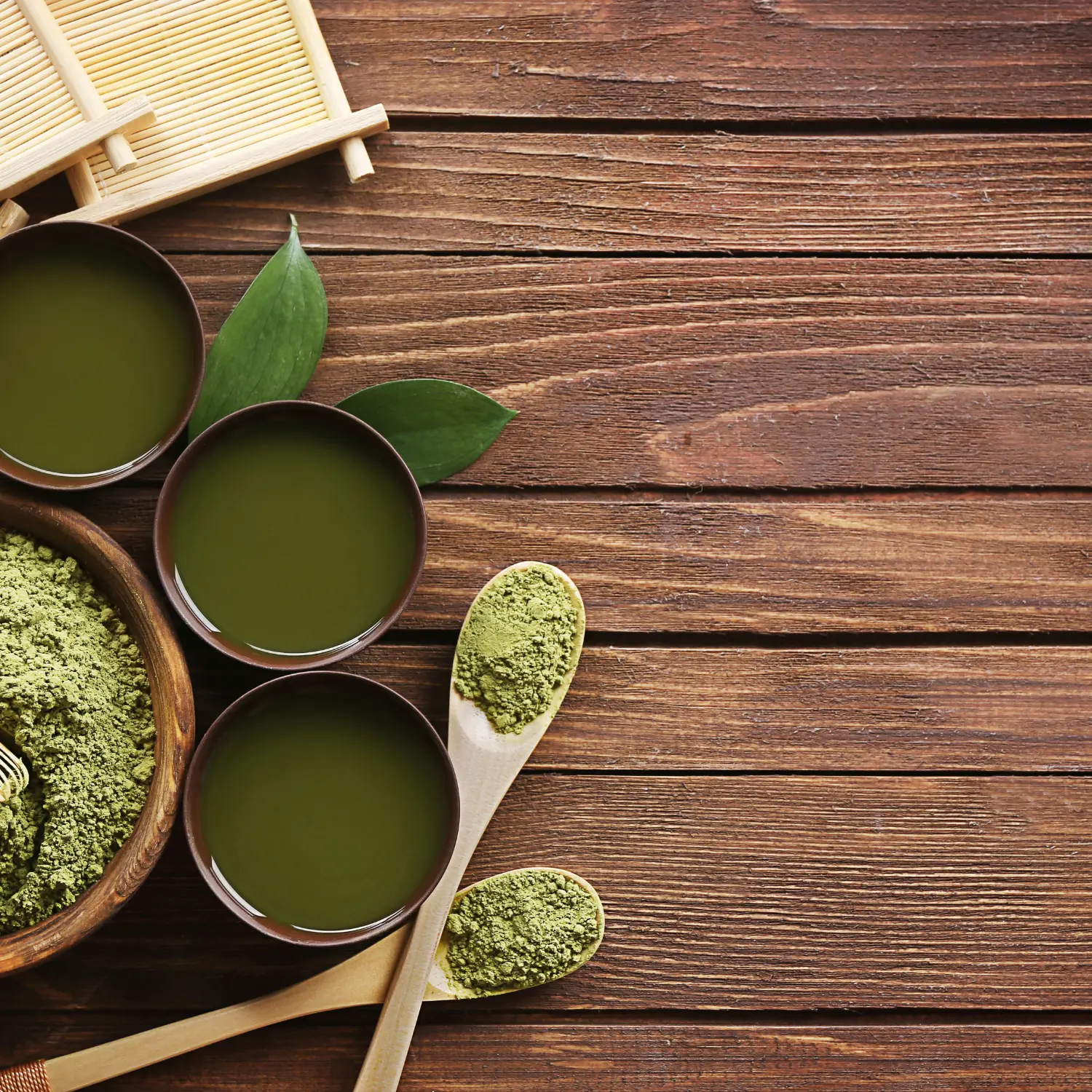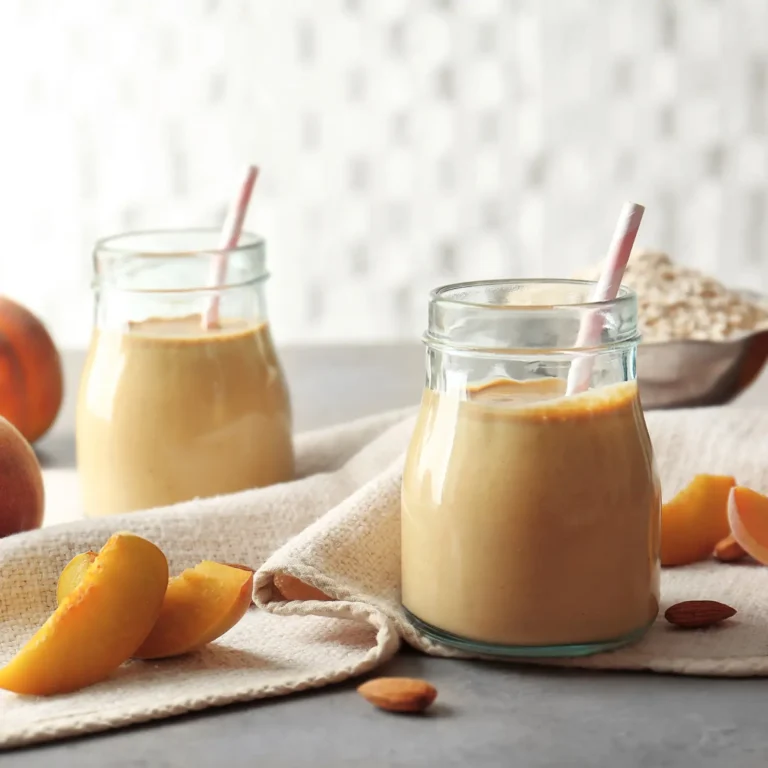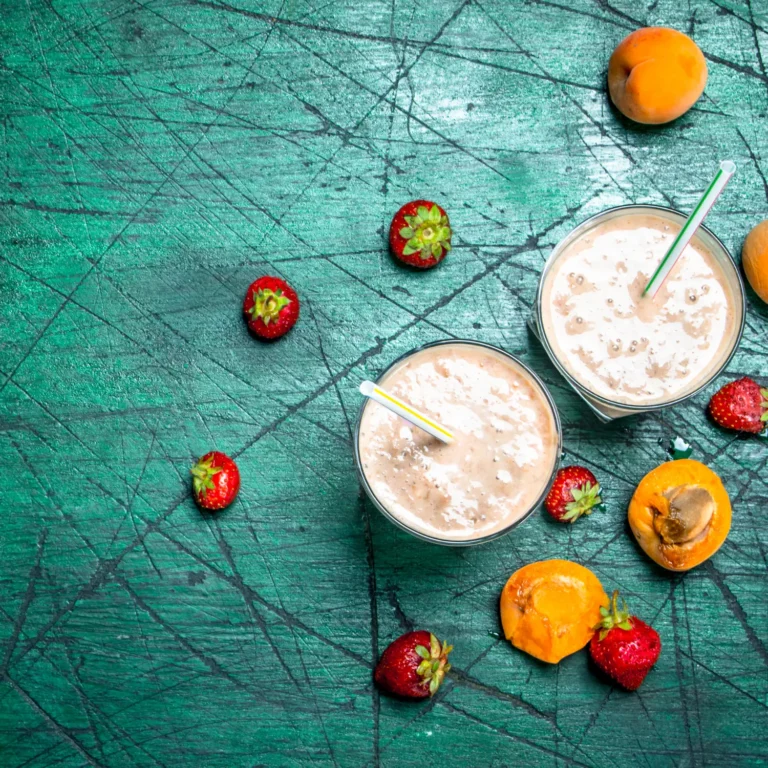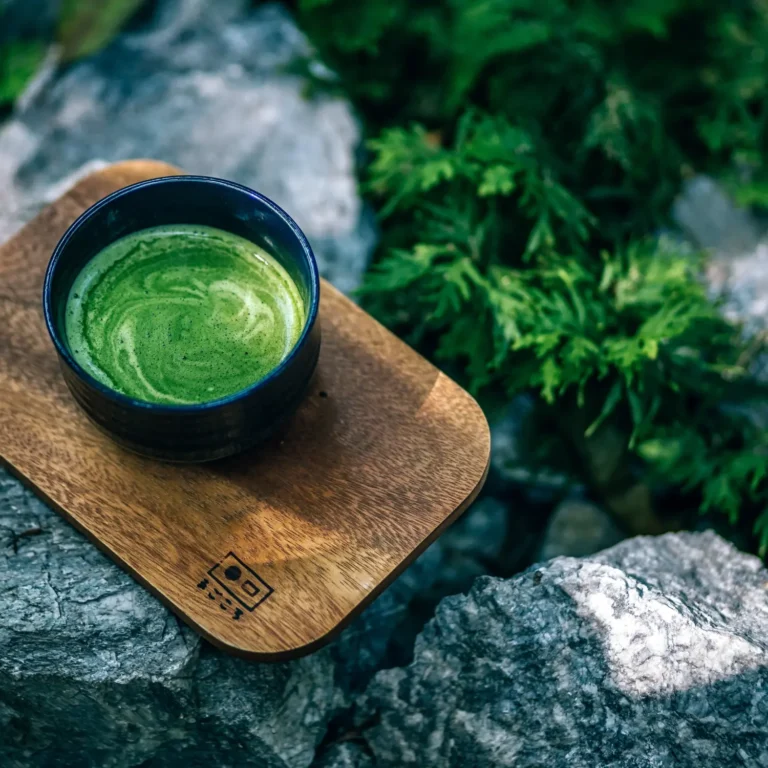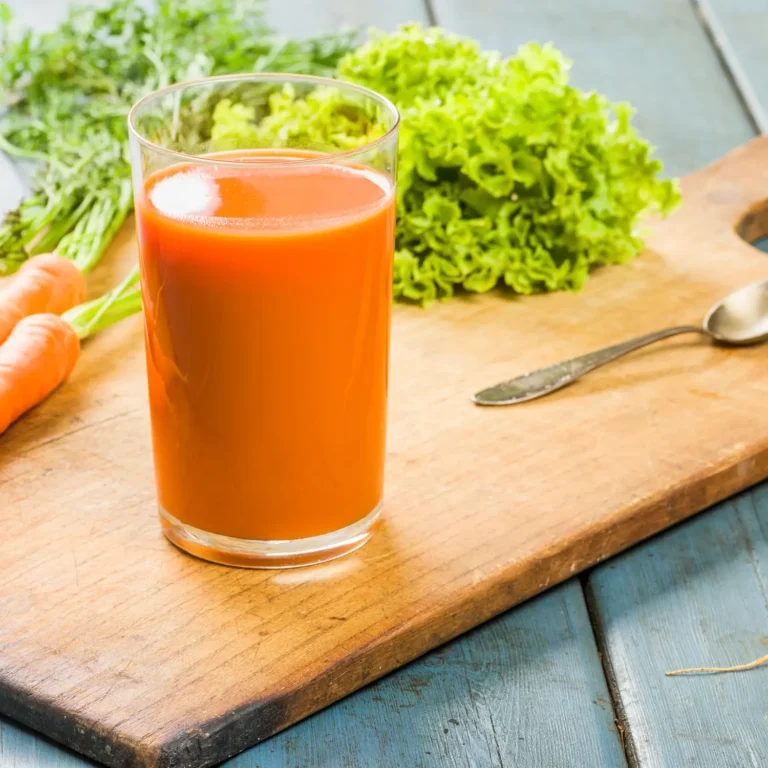Elevate Your Tea Game: Dive into Green Tea Varieties
Tea enthusiasts around the world are constantly seeking ways to elevate their tea-drinking experience, and one avenue worth exploring is the vast and nuanced world of green tea varieties. Green tea, known for its refreshing flavor and numerous health benefits, comes in a multitude of forms, each with its unique characteristics. In this exploration, we’ll delve into the diverse green tea varieties that can truly enhance your tea game.
Table of Contents
Understanding the Basics: What Sets Green Tea Apart?
Before embarking on our journey into the different green tea varieties, it’s crucial to understand what makes green tea unique. Unlike black tea, green tea undergoes minimal oxidation during processing, preserving its natural color, flavor, and nutritional content. This minimal processing gives green tea a vibrant green hue and a delicate, fresh taste that captures the essence of the tea leaf.
1. Sencha: The Everyday Elegance
Sencha, one of the most popular green tea varieties, hails from Japan and embodies the essence of everyday elegance. Its leaves are steamed, rolled, and dried to create a grassy, slightly astringent flavor profile. Sencha’s versatility makes it an ideal choice for daily consumption, whether enjoyed hot or cold. Dive into the world of Sencha to experience the rich tapestry of Japanese tea culture.
2. Matcha: The Culinary Delight
Renowned for its vibrant green color and distinctive preparation, matcha has become a global sensation. Grown in the shade to enhance chlorophyll content, matcha leaves are stone-ground into a fine powder. This allows for a unique preparation method where the powder is whisked into hot water, creating a frothy, velvety beverage. Beyond drinking, matcha has found its way into culinary creations, adding a delightful green tea flavor to desserts, lattes, and more.
3. Long Jing (Dragon Well): The Jewel of Chinese Green Tea
Hailing from Hangzhou, China, Long Jing, or Dragon Well, is celebrated for its flat, sword-shaped leaves and a distinctive chestnut aroma. This pan-fired green tea boasts a mellow, nutty flavor with a sweet aftertaste. Long Jing is often regarded as a connoisseur’s choice, and its careful production process, including hand-roasting in large woks, contributes to its premium quality. Elevate your tea experience with the subtleties of Dragon Well.
4. Gyokuro: The Shade-Grown Elegance
Grown in the shade for several weeks before harvesting, Gyokuro stands out for its rich umami flavor and vibrant green color. This Japanese green tea undergoes a meticulous shading process, intensifying its chlorophyll and amino acid content. The result is a luxurious tea with a sweet, velvety taste. Gyokuro is often considered a delicacy and is best savored slowly, allowing its complex flavors to unfold with each sip.
5. Gunpowder: The Rolled Powerhouse
Hailing from China, Gunpowder tea derives its name from its unique processing method. The leaves are rolled into small, round pellets resembling gunpowder, which unfurl beautifully when brewed. This green tea variety offers a bold, smoky flavor with a slightly bitter undertone. Its tightly rolled leaves make for an excellent choice for those who appreciate a tea that unfolds its character gradually
Conclusion: A Journey of Discovery
In the world of green tea, variety is not just the spice of life; it’s the essence of the tea-drinking experience. Each green tea variety tells a unique story, capturing the nuances of its origin, processing methods, and flavor profile. Whether you opt for the everyday elegance of Sencha, the culinary delight of Matcha, the jewel-like Dragon Well, the shade-grown elegance of Gyokuro, or the rolled powerhouse of Gunpowder, diving into the diverse world of green tea varieties promises a journey of discovery for your palate and a heightened appreciation for this ancient beverage. Elevate your tea game by exploring the depth and diversity that green tea has to offer.
FAQs
What makes green tea different from other types of tea?
Green tea undergoes minimal oxidation during processing, preserving its natural color and flavor. Unlike black tea, green tea leaves are quickly heated to prevent fermentation, resulting in a lighter, fresher taste.
Are all green teas the same, or do they vary in flavor?
Green teas vary significantly in flavor, aroma, and appearance. Varieties like Sencha offer a grassy and vegetal profile, while Dragon Well provides a nutty and sweet taste. Exploring different types allows you to discover diverse nuances within the green tea category.
What’s the best way to brew green tea for optimal flavor?
To enhance flavor, use water below boiling point (around 175°F or 80°C) and steep green tea for 2-3 minutes. Adjust steeping time based on the specific type of green tea—this helps avoid bitterness and ensures a balanced infusion.
Save this pin!
